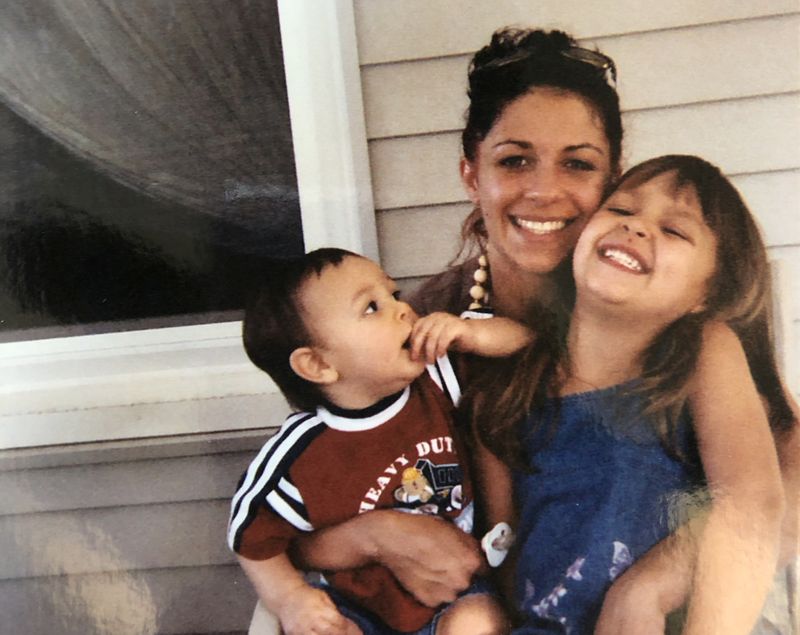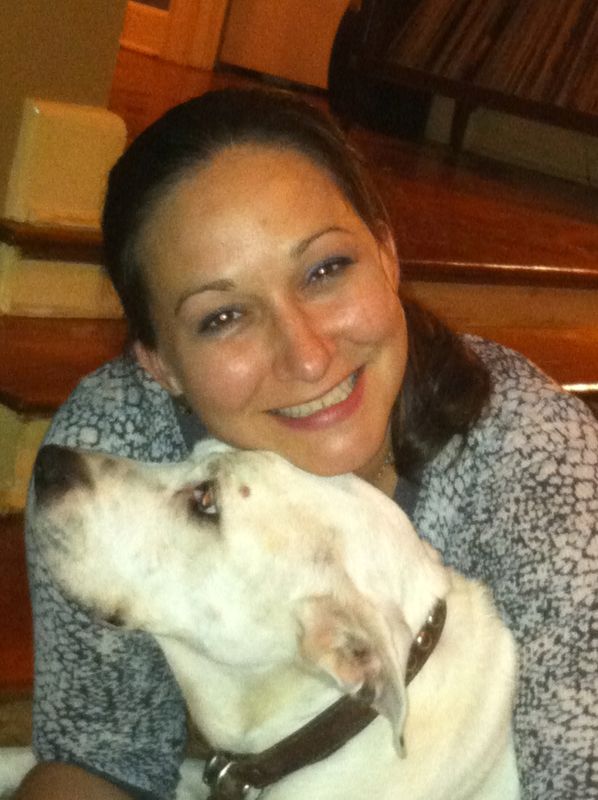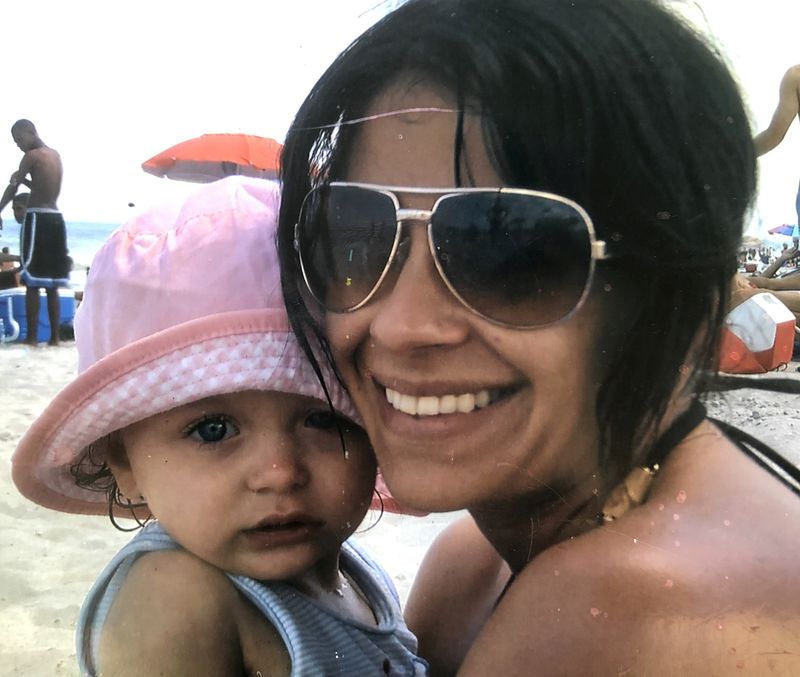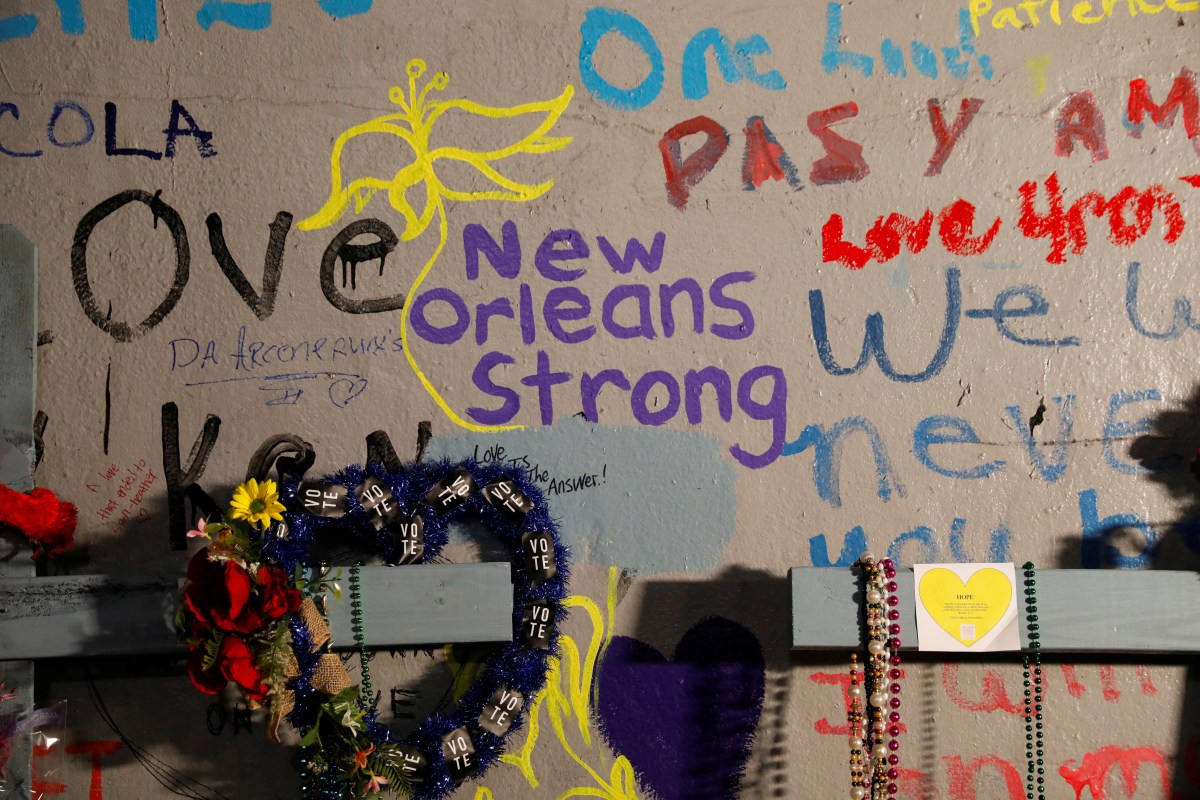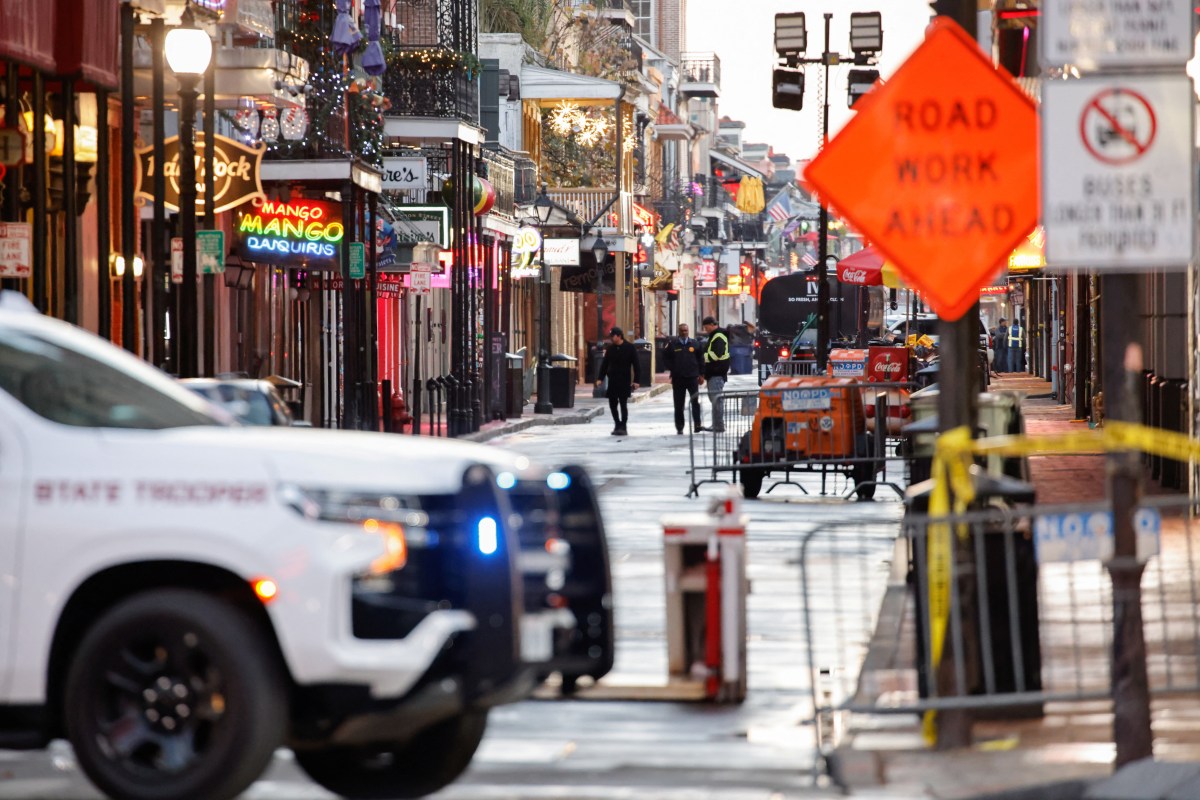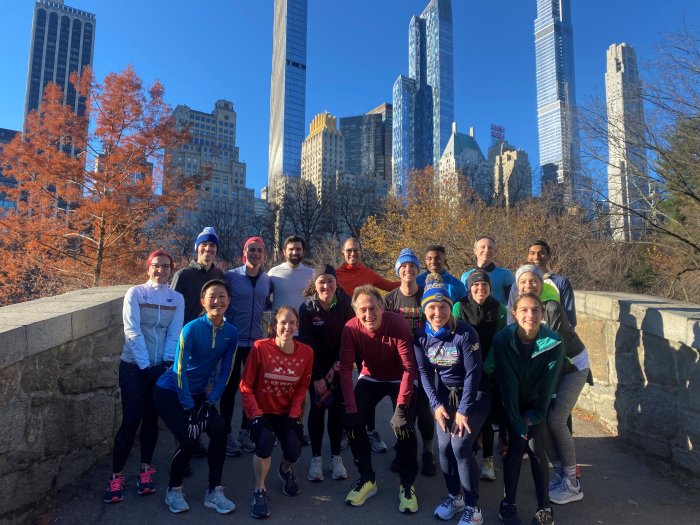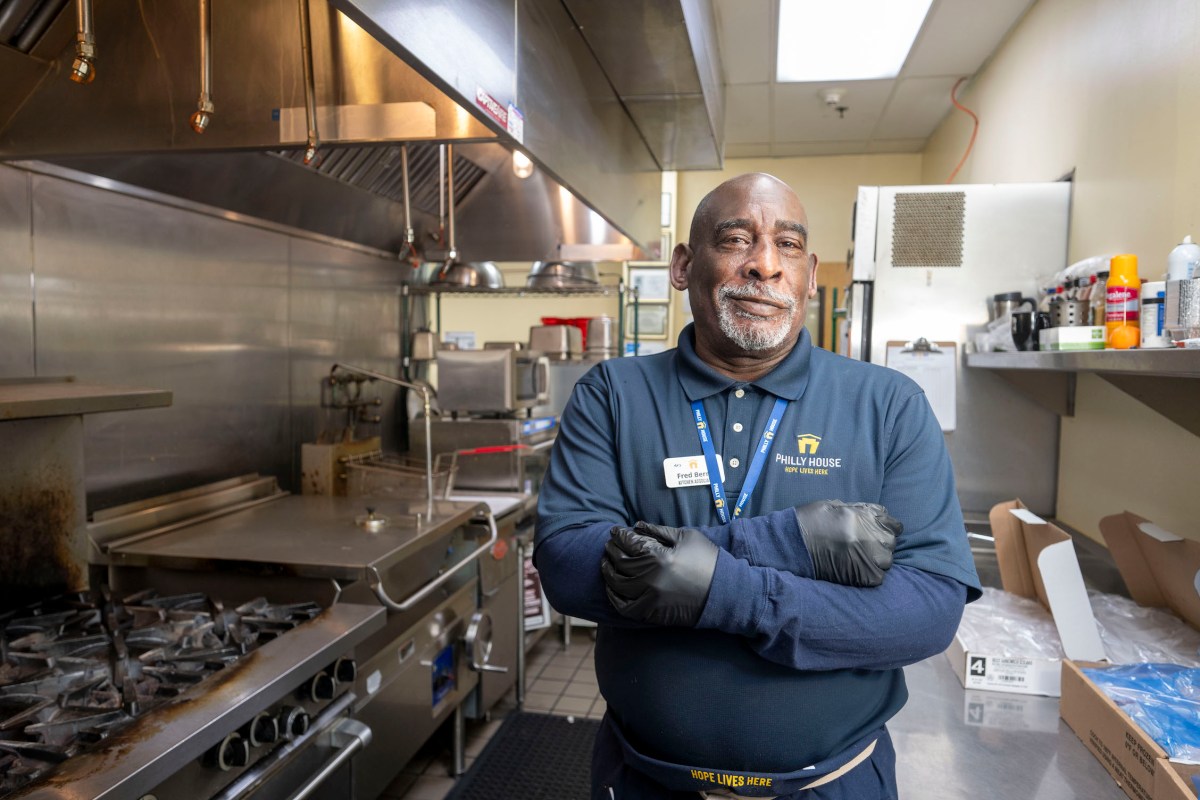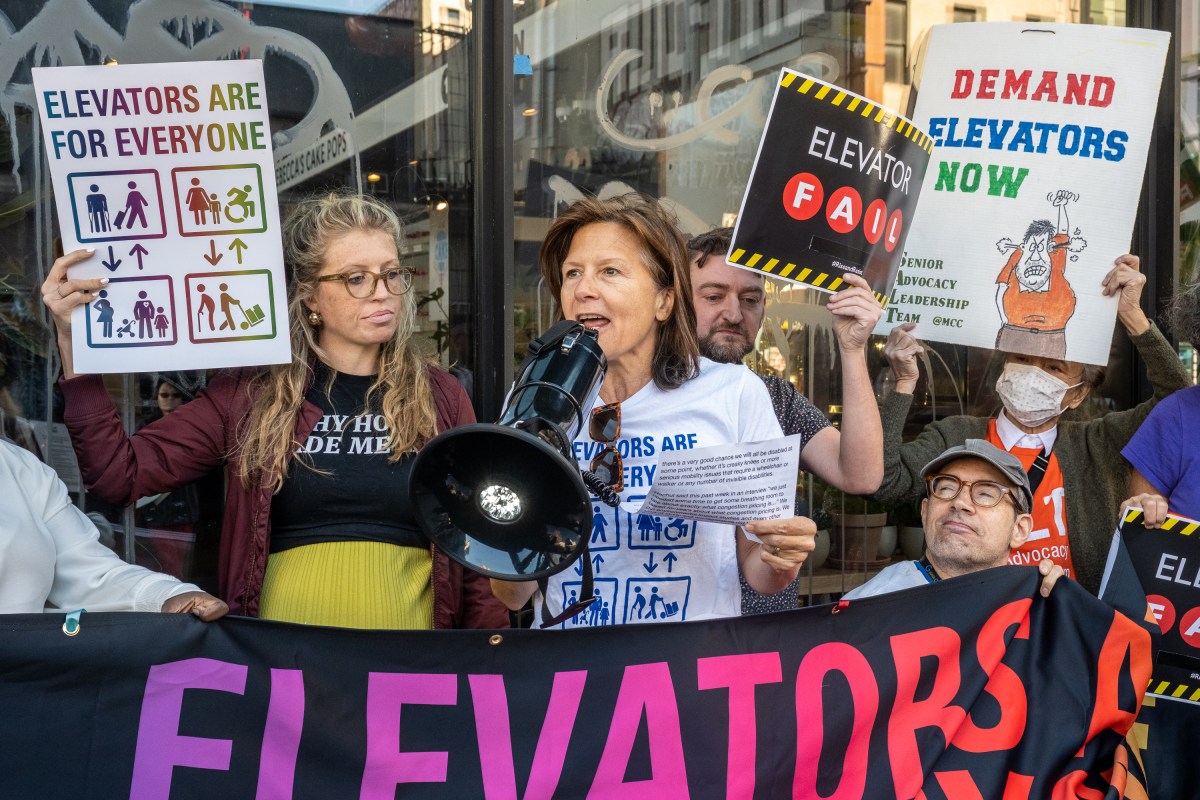(Reuters) – By the time anyone at the Milwaukee County Jail noticed Shade Swayzer had given birth alone in a filthy cell, her baby was dead.
Swayzer had arrived a week earlier, on July 6, 2016, picked up after a dispute with a hotel clerk and charged with disorderly conduct and a parole violation from an old burglary conviction. She was clearly pregnant, just a few weeks from her due date, and police had her evaluated at a hospital before bringing her to jail. The fetus was deemed active and healthy, and Swayzer cleared for detention.
Swayzer, who had documented diagnoses of schizophrenia and bipolar disorder, told a jail nurse she’d stopped taking her medication, fearing it might harm her baby, court filings show. She refused examination by a jail physician and was assigned to the closely monitored “Special Needs Unit” with instructions for daily medical checks.
But within 48 hours, she was moved. That unit had only three cells for women, versus at least 13 for men, and the jail needed her cell for another female inmate who was suicidal. Swayzer landed in an isolation cell with no video coverage.
Five days later, an officer making rounds noticed Swayzer wearing no pants and acting “bizarre,” sitting on a mattress folded against the wall, bedding bunched beside her. The guard didn’t know Swayzer was pregnant – it wasn’t in her custody notes – and moved on. Later, the guard passed again and smelled a “funk,” according to investigation reports. Returning after her rounds for a closer look, she saw blood on Swayzer’s mattress and called for help.
Just after 6 a.m., nurses found Swayzer on her side, umbilical cord attached to the newborn. Swayzer cradled the child in a blanket. There was blood everywhere, feces on the mattress, empty meal containers scattered about, court testimony showed. “Don’t hurt my baby,” she said.
Laliah Swayzer, just under six pounds and already named by her mother, was dead. Her tragedy is part of a little-noticed confluence of trends behind bars.
The number of women held in America’s jails has risen more than 20% over the past decade, to an average of more than 115,000 inmates a day. And more and more are arriving in need of medical attention or with debilitating health conditions that strain the capacity of lockups typically designed for men. Thousands arrive pregnant each year. Most suffer from mental illness – at far higher rates than their male counterparts – and they’re more likely to experience drug and alcohol addiction.
As more women land in America’s local jails, more are dying there, too.
Reuters, analyzing data it obtained from more than 500 U.S. jails, documented 914 deaths of female inmates in those facilities from 2008 to 2019. In a three-year stretch from 2008 to 2010, 171 women died in the jails surveyed. From 2017 to 2019, the number rose to 287 dead, amid a spike in drug and alcohol deaths across U.S. society.
The casualties disproportionately affect Black women. Blacks comprise less than 14% of the U.S. population, but at least 24% of the 914 female victims identified by Reuters were Black. Information on race was unavailable for about 5% of female victims.
Seventy percent of the women who died over the 12-year period – at least 639 inmates – were awaiting trial, unconvicted and presumed innocent of the charges they faced. The death toll doesn’t include a category of collateral fatalities: their infant children.
The female inmate population has risen even as the male population declined, Reuters found, and many women struggle to afford bail, which can lead to longer jail stays.
“These women are showing up with needs, imminent needs, usually during a period of crisis and with trauma,” said Jessica Stroop, a correctional consultant with The Moss Group and former researcher specializing in female inmates at the U.S. Bureau of Justice Statistics. “It puts a massive strain on the jails.”
Jails “need to have gender-responsive programs and staff and training and facilities,” Stroop said. Instead, “women often get treated as a bolt-on” in jails “designed for men.”
Jailers have been slow to adapt their medical programs, staffing models and housing strategies to accommodate the demographic shift, say experts. The Milwaukee jail, which had few cells set aside for women in need, has been under court supervision since 2001 due to repeated findings of inadequate healthcare; the sheriff’s office did not reply to five interview requests and a lawyer representing the county declined comment.
The influx of women in jails “poses significant challenges, because there are limited resources,” said David Mahoney, the sheriff in Dane County, Wisconsin, who is also president of the National Sheriffs’ Association. The prevalence of addictions, mental illness and pregnancy “is a strain” requiring more personnel, housing and medications, he said.
DRUG, MENTAL HEALTH CHALLENGES
In the 500-plus jails surveyed by Reuters, deaths of women from the acute effects of drugs and alcohol, including overdoses and withdrawal, have climbed substantially.
From 2008 to 2016, at least 12% of female inmate deaths were attributed to drugs or alcohol, double the rate for men. From 2017 to 2019, at least 24% of female deaths were linked to drugs or alcohol, again double the rate for men. Cause of death findings were unknown in 6% to 12% of cases in those periods.
Nearly 70% of female jail inmates suffer mental health disorders, versus just over 40% of male inmates, a 2017 U.S. Bureau of Justice Statistics study found.
The first time Jennifer Casey Norred tried to hang herself in her cell, jailers at Florida’s Leon County Detention Facility responded by strapping her in a restraint chair.
Over the next 24 hours, she cried, screamed and struggled until exhaustion silenced her. Norred, 36, appeared to suffer a seizure and urinated on herself, jail records show.
Norred had battled schizophrenia, bipolar disorder and depression. When using her medications, she was full of energy, cooking meals for her mother’s book club, or visiting her grandmother in an assisted living facility.
“She was happy, healthy, and productive,” said Elizabeth Frederick, her mother.
When in the throes of mental illness, the popular waitress was tormented by sleep-deprived paranoia.
Her obsessive behavior led to aggravated stalking charges and landed her in jail on April 2, 2017. During her three months behind bars, she grew agitated, argued with inmates and told staff she didn’t need her medication. A psychologist deemed her incompetent for trial and recommended a mental health facility. A judge eventually agreed.
Before she could be transferred, Norred hanged herself.
“What she needed was intensive psychiatric treatment, not a restraint chair,” said James Cook, an attorney representing the family in an ongoing wrongful death lawsuit against the sheriff’s office and Corizon Health Inc, the jail’s healthcare provider.
In court filings, the Leon County sheriff and Corizon denied wrongdoing. Corizon told Reuters that while Norred’s suicide was “tragic,” the company provided care “consistent with best practices and national standards.” The sheriff’s office declined to comment, citing the ongoing litigation.
DANGEROUS DETOX
The opioid crisis has deepened the risk for women behind bars. Drug and alcohol overdoses, frequently involving opioids, have emerged as the single biggest factor behind the rise in female inmate deaths. As the epidemic ravaged Ohio, 35-year-old Brittany Rae Schlarb was among the casualties.
Schlarb’s life took a hard turn at age 21. Diagnosed with anxiety disorder three years earlier, the hair stylist turned to cocaine, methamphetamines and other drugs and, in time, lost custody of her three kids. At the age of 28, she cleaned up, fell in love, got her kids back and earned an associate’s degree in marketing.
“Brittany had dreams of one day opening and running her own salon,” Deborah Schlarb, her mother, said in a previously unreported affidavit.
Then in 2011, a truck sped through a red light and slammed into Schlarb’s car, severely injuring her. Surgeons screwed a rod into her arm “that caused her pain all the time,” said her mother. Prescribed an opioid medication, her addiction returned. She moved on to fentanyl, a powerful synthetic opioid, and to heroin. On June 21, 2018, police found her with meth and heroin in a restaurant parking lot.
The Summit County Jail in the city of Akron booked her into a medical infirmary for observation as she began to detox in her cell, a painful process that can include diarrhea, insomnia, hallucinations and dehydration. The National Commission on Correctional Health Care, an industry body that provides voluntary health standards for jails, recommends jails medically assist inmates going through detox. Some prescribe the drugs methadone and suboxone to reduce cravings and prevent withdrawal symptoms. Some inmates receive intravenous fluids.
Over four days of vomiting and dizziness, Schlarb’s only treatment amounted to suggestions she drink more water, according to a medical examiner investigation and her family attorneys.
Rail-thin, she rapidly deteriorated. By 9 p.m. on June 25, 2018, she was found face down in her cell, unconscious and covered in vomit, the medical examiner reported. “Her body was the color of a pickled egg, a reddish purple,” reported Tina Hamrick, who was an inmate in the next cell. An autopsy found Schlarb died of “dehydration due to complication of methamphetamine detoxification in custody.”
Her family threatened to sue the jail and its private medical contractor, Advanced Correctional Healthcare Inc, for knowingly providing inadequate care. The case settled for $625,000 before it went to court, county documents show.
Three addiction specialists expressed surprise Schlarb was offered just water. Withdrawal treatments should be “highly individualized” for underlying health conditions, said Joseph Lee, a medical director at the Hazelden Betty Ford Foundation. “Detox can be very straightforward but it can also be incredibly nuanced and complicated.”
Advanced Correctional Healthcare denied wrongdoing but declined to comment on the specifics of the case. The jail also declined to comment on Schlarb’s case but said all inmates were screened for medical issues and those going through withdrawal had their vitals regularly checked. Five months after Schlarb’s death, it switched medical contractors, but did not respond to questions about the change.
“It was senseless what happened to her. All they had to do was take her to the hospital,” Schlarb’s mother, Deborah, said in an interview. “If she’d only been put on an IV, she’d be alive today.”
PREGNANCY WORRIES
At America’s 3,000-plus jails, thousands of women arrive pregnant every year, a situation that can imperil mother and child.
Data on pregnant women in jails is scant or dated. Studies reviewed by Reuters have estimated that from 3% to 5% of female inmates are pregnant when they arrive.
Without data, “you can only make assumptions,” said Carolyn Sufrin, an assistant professor in gynecology and obstetrics at the Johns Hopkins University School of Medicine.
Reuters has filled some of that data void by examining public records, media reports and academic research. Reporters identified at least 65 cases from 2010 to 2019 in which female inmates suffered serious pregnancy-related complications, including miscarriages, ectopic pregnancies, placental abruptions, stillbirths, and newborn or maternal deaths.
There are no national standards that all jails must meet for handling pregnant inmates.
Sufrin, who started a women’s health clinic at the San Francisco County Jail, led a study examining pregnancy outcomes for incarcerated women and found that the quality of care varies widely. Some jails provide comprehensive care with routine checkups and nutritional services. Others, understaffed, provide dangerously inadequate care.
In a jail, where women aren’t free to call a doctor or go to the hospital on their own, requests for medical attention can be ignored or overlooked.
Meagan Deadrich was 26 weeks pregnant when she was booked into the Salt Lake County Metro Jail on Valentine’s Day 2018 for violating her probation by not checking in with probation officials on a prior shoplifting case and misdemeanor drug charge. Within days, she had contractions and began bleeding two days later. Deadrich, then 34, said a nurse assured her the bleeding was normal. The mother of four said she knew otherwise.
A week later, when the bleeding wouldn’t stop, Deadrich begged for help. A nurse evaluated her on March 1 but she never saw a doctor, jail records produced in litigation show. Four days later, “I couldn’t feel my baby move,” Deadrich told Reuters. “If they would’ve sent me to the hospital sooner, my baby would’ve been fine.”
That afternoon, a physician assistant in the jail’s women’s clinic failed to detect a fetal heartbeat, her lawsuit alleged. Deadrich pleaded to go to the emergency room, but instead was returned to her cell.
That night, at about 10 p.m., she was handcuffed and driven to the hospital, where a doctor told her the baby was dead. “I was heartbroken,” she said.
She was diagnosed with placenta previa, a life-threatening condition in which the placenta covers the cervix and can lead to bleeding and complications during pregnancy and delivery. She underwent a c-section and a hysterectomy to remove her uterus. Deadrich can no longer have children.
When she awoke from the procedure, shackled to her bed, she asked to hold her baby and say goodbye. A deputy standing guard would only unshackle one hand, she said. “She was beautiful,” said Deadrich, sobbing. “She had a full head of black hair.”
The American College of Obstetricians and Gynecologists condemns the use of restraints on incarcerated women during pregnancy and postpartum recovery, except for those who pose a risk of escape or harm. The group also recommends pregnant inmates have 24-hour access to obstetric visits. Deadrich says she didn’t have that.
She sued the county, sheriff and jail, alleging they violated her constitutional rights by failing to provide proper medical care. The sheriff’s office denied that her rights were violated or that its staff contributed to her injuries or the baby’s death. The case is ongoing.
Reuters identified 52 inmate deaths in the Salt Lake County Sheriff’s two jails from 2009 to 2019, or 2.2 deaths per 1,000 inmates – above average among the 500-plus big jails it surveyed. Nineteen of those deaths were women. The jail said it strives to provide quality care to all inmates.
When Shade Swayzer arrived at the Milwaukee County Jail, the medical and mental health directors saw her pregnancy and mental illness as a risky mix, lawsuit testimony shows. But their plan to address those risks collapsed in less than 24 hours.
“We wanted to make sure that we kept an eye on her,” Dr. Karen Ronquillo-Horton, the medical director, testified in the Swayzer family’s wrongful death suit. “I had concerns about her baby.”
Ronquillo-Horton directed that Swayzer be housed in the jail’s Special Needs Unit, where two officers provide continuous supervision and cells allow clear views of inmates. The doctor ordered regular prenatal exams and daily checks of the mother’s and baby’s vital signs.
But when a corrections supervisor needed one of the unit’s three female cells for someone else, Swayzer was moved out. The supervisor later testified that he checked with the inmate classification desk and found that Swayzer’s housing specifications card listed no restrictions. But a classification officer insisted in a deposition that the card noted the order to house her in Special Needs.
Exactly who erred was never determined; an investigator later acknowledged in court testimony that one of the officers probably was lying. In any event, Swayzer was removed from the Special Needs Unit. Isolated in a general population cell, she was surly and uncooperative. After three days, the jail’s nurse midwife, Katherine Meine, asked if she could do an exam. Swayzer told her to “fuck off,” Meine later testified, and said she was “fine” and could feel the baby moving.
While Swayzer’s mental illness was well documented, she had not been deemed incompetent, so she had a right to refuse treatment. In response to her lawsuit, the sheriff’s office said it met its obligation to provide medical care, saying she was monitored and showed no outward signs of distress. Another defendant, Armor Health, the contractor that provided the jail’s medical care and staffing, told Reuters in a statement that “no member of our team played a role in the tragic loss of the infant.”
Meine was concerned by Swayzer’s refusal of treatment, she later testified. It had been nearly a week since Swayzer’s last exam, including any check of the baby’s heartbeat.
The nurse midwife filed an urgent request to have Swayzer sent back to the hospital where she’d gotten prenatal care before her arrest, hoping Swayzer might agree to the plan. The request was approved, and an appointment sought at the hospital.
Two nights later, with the appointment still unscheduled, the duty officer noticed Swayzer acting “weird,” but she later testified that the inmate never mentioned any concerns. Swayzer, in her own sworn statement, said she told the officer, “I’m hemorrhaging and I’m having contractions” and called for help when she delivered the baby.
The medical examiner was unable to determine an official time or cause of death for the child. In her ongoing lawsuit against the sheriff and jail staff, Swayzer testified the baby was born alive and cried weakly as she tried to breastfeed her, before going silent. Expert defense witnesses contend the baby was stillborn, likely killed by a lung infection 24-36 hours before birth.
“Nobody is competent to have a baby by themselves in a cell, whether or not you’re medically trained, not medically trained, having mental health issues, not having mental health issues,” midwife Meine testified. “Nobody wants to have a baby in the jail.”
(Reporting by Peter Eisler, Linda So and Jason Szep. Data work by Grant Smith; additional reporting by Ned Parker. Editing by Ronnie Greene)



